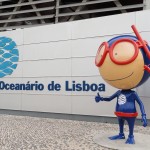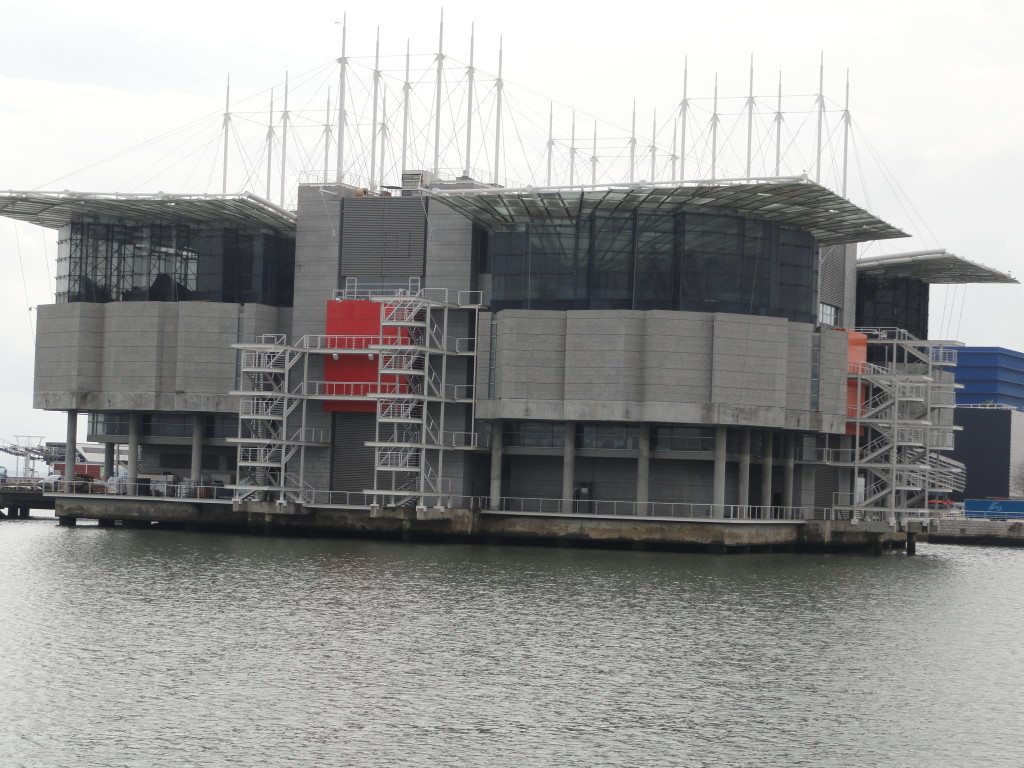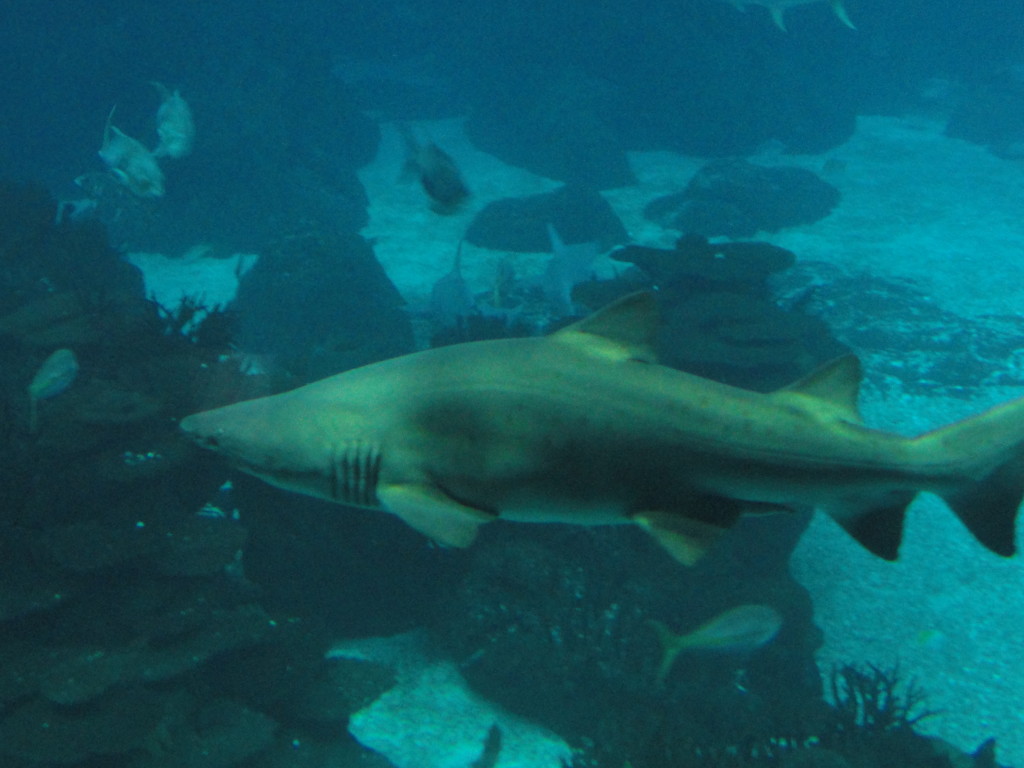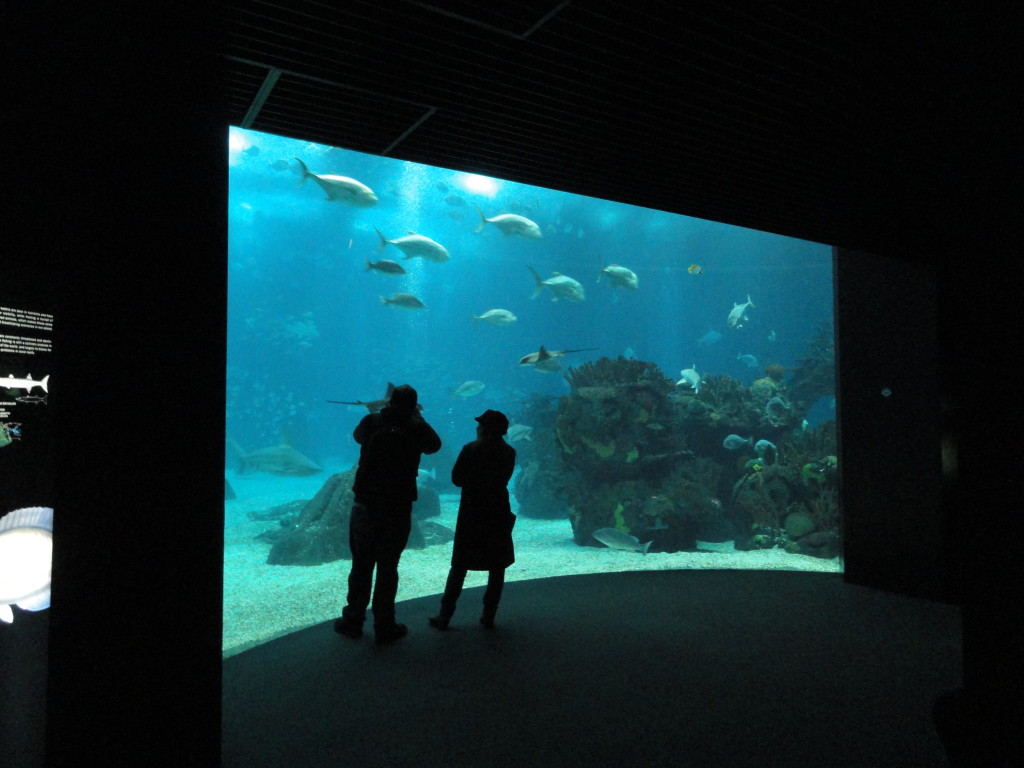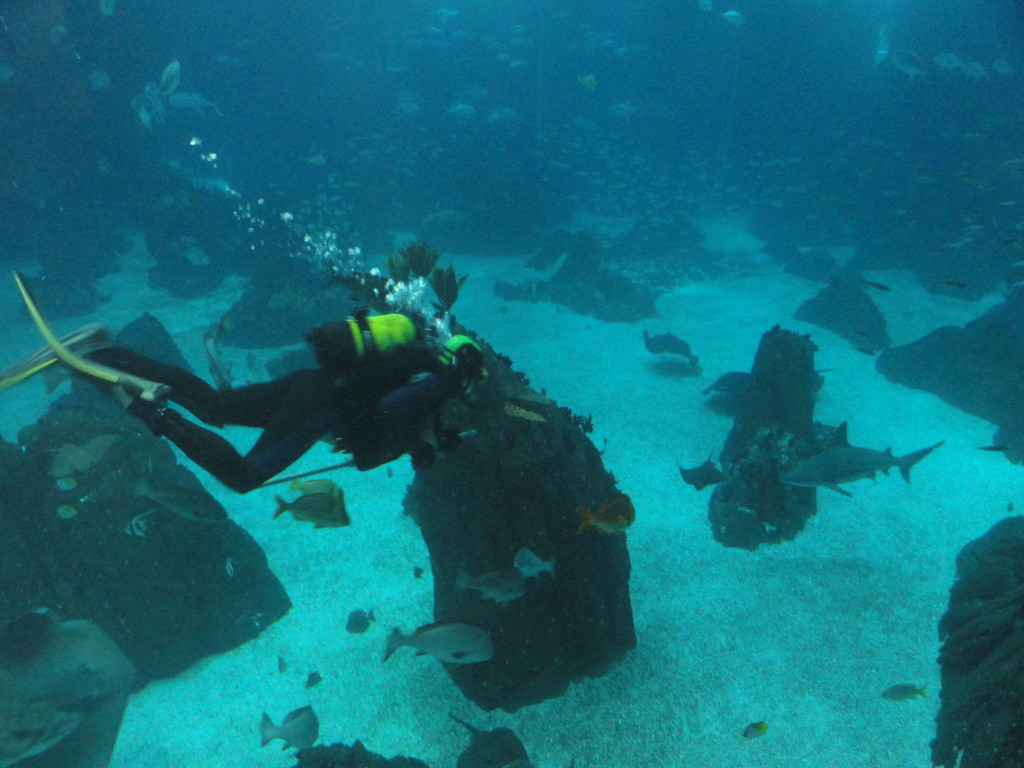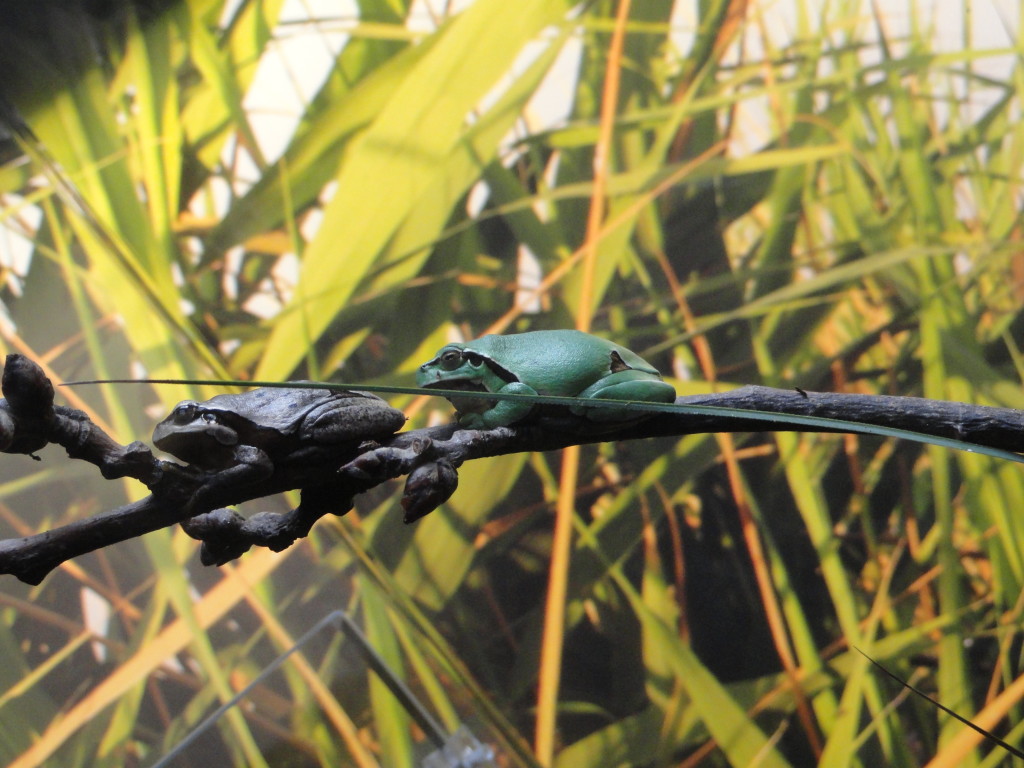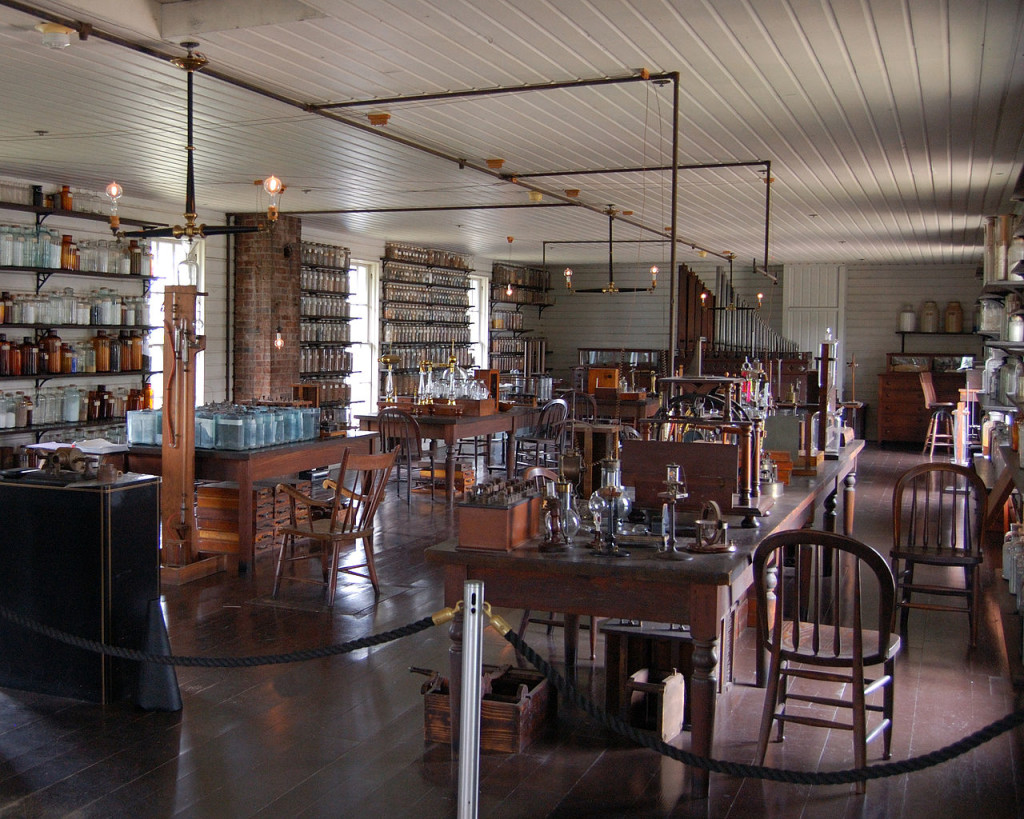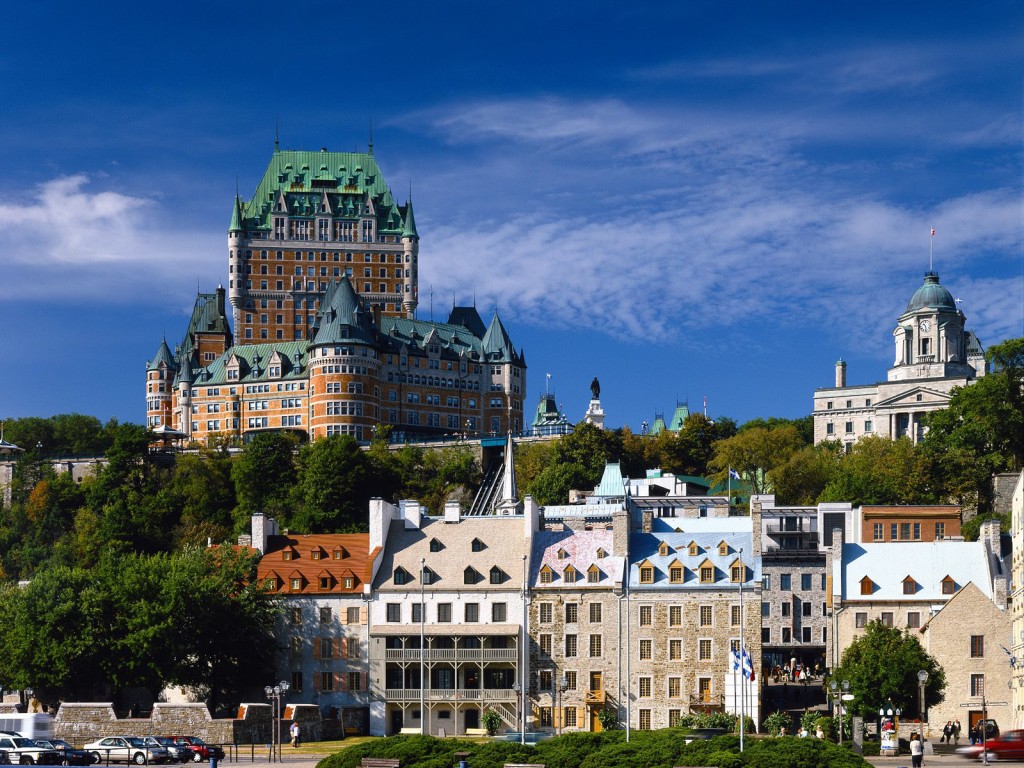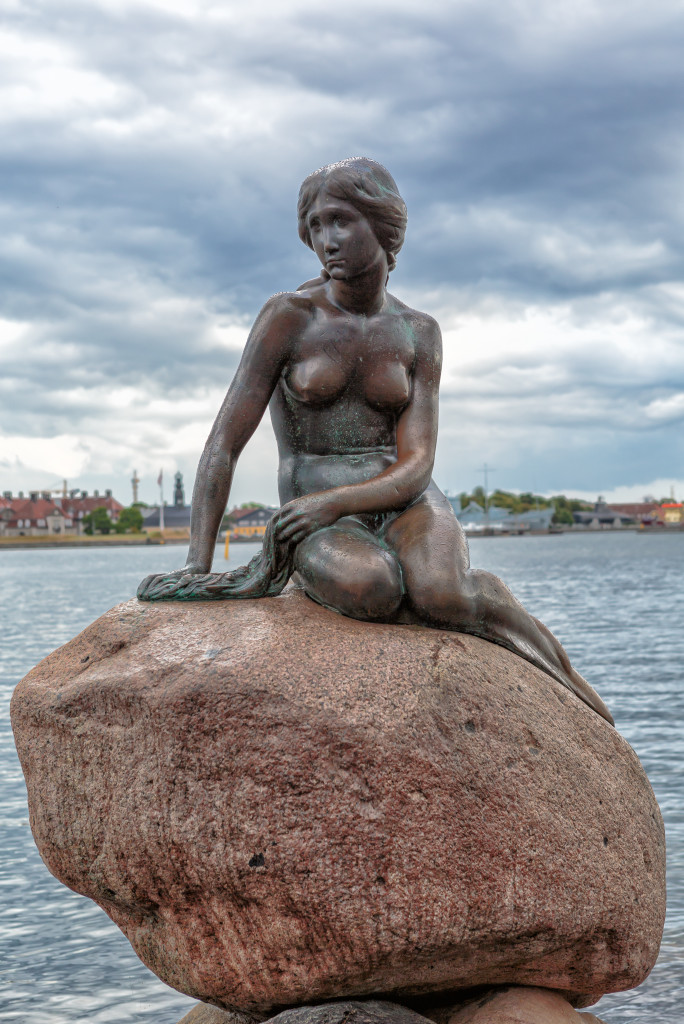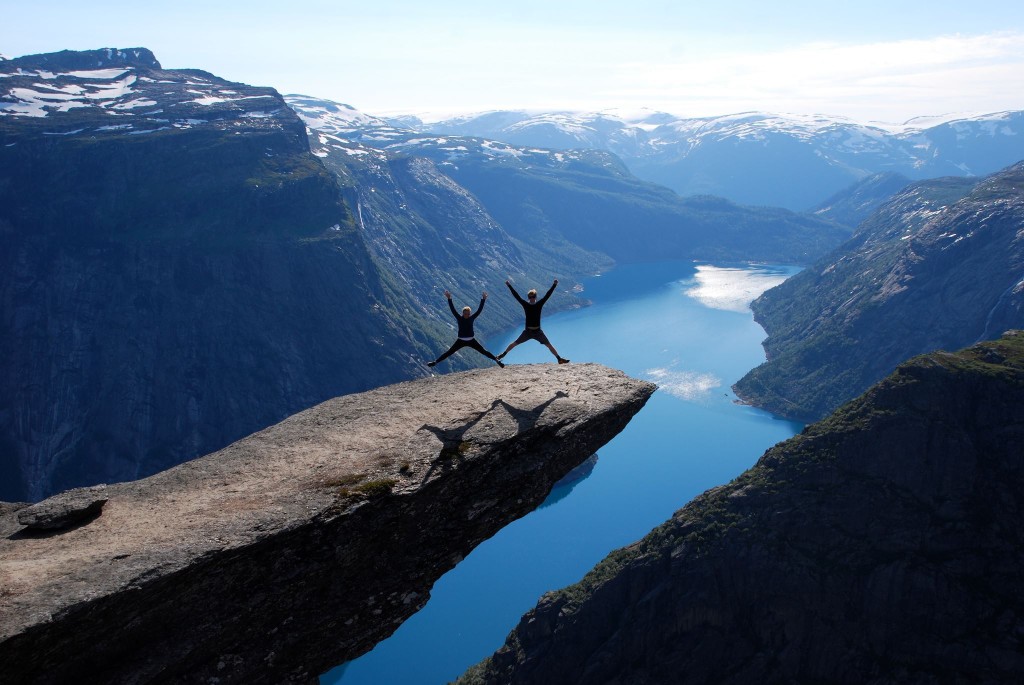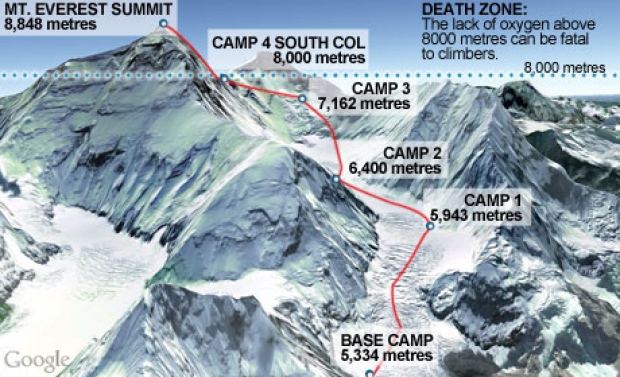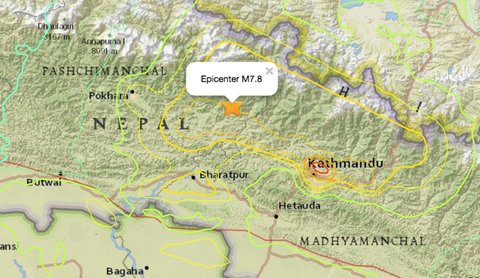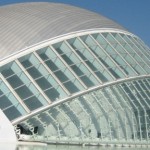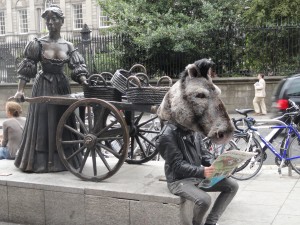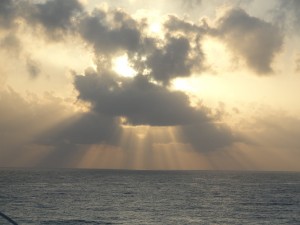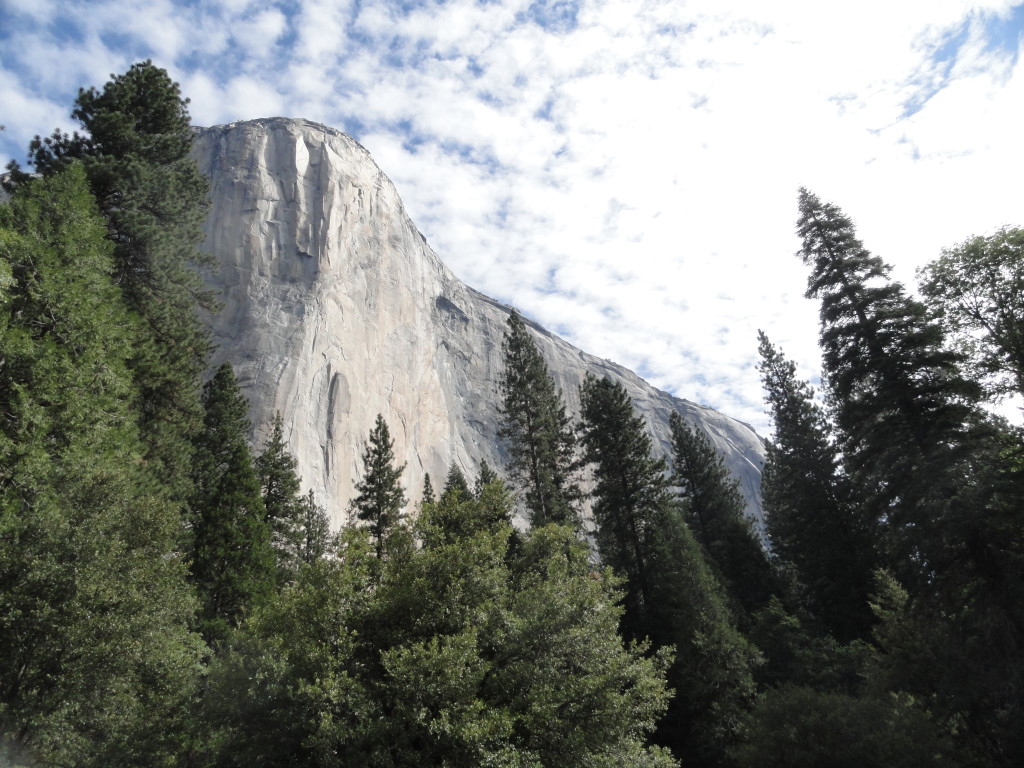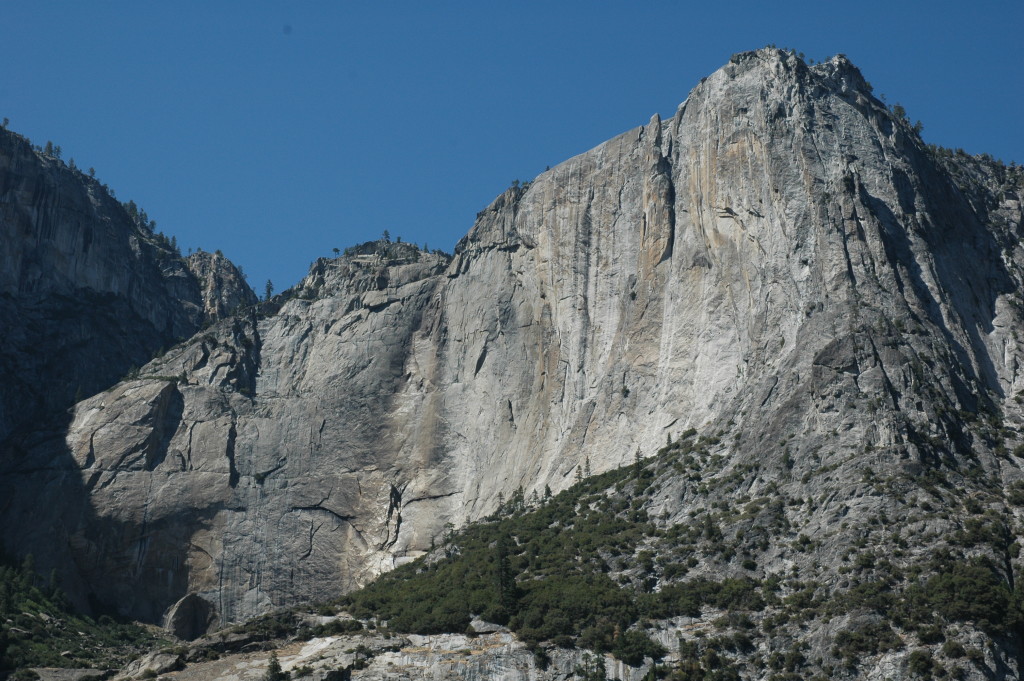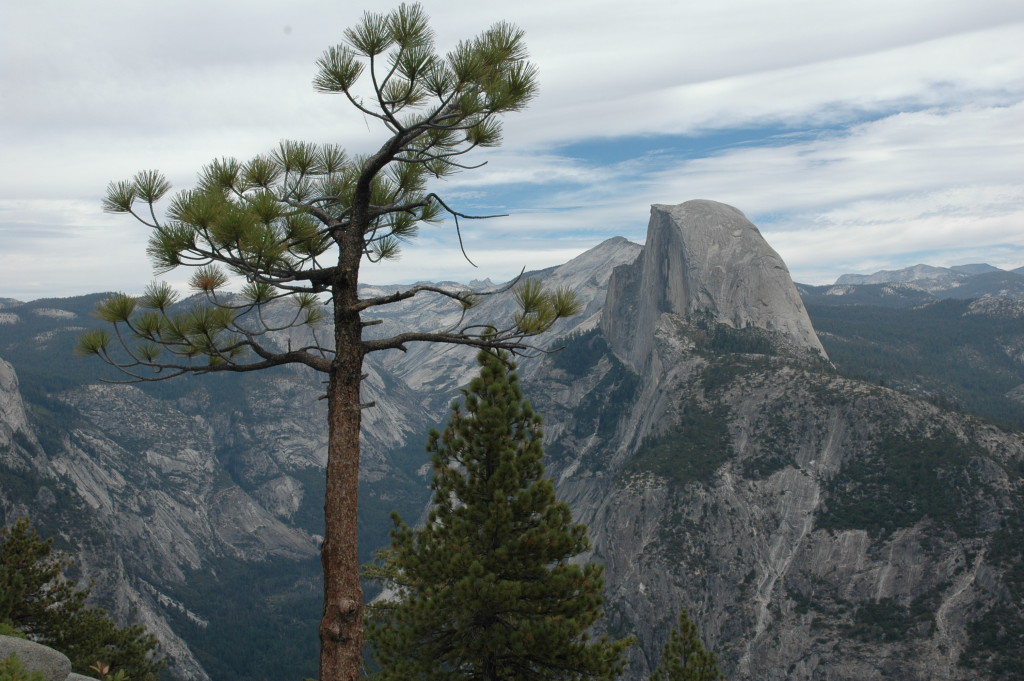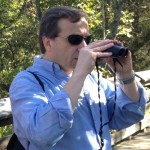 A year ago I wrote some “Reflections” on the first anniversary of trading in my well-paid job as a scientific consultant for a new gig as a poor starving writer. My conclusion last year was “It was the best decision I ever made.” After another twelve months as an impoverished writer my new conclusion is an even more emphatic “best decision ever.”
A year ago I wrote some “Reflections” on the first anniversary of trading in my well-paid job as a scientific consultant for a new gig as a poor starving writer. My conclusion last year was “It was the best decision I ever made.” After another twelve months as an impoverished writer my new conclusion is an even more emphatic “best decision ever.”
When I left paid employment my book Tesla: The Wizard of Electricity had been in Barnes and Noble bookstores for only a month. It’s now into its 5th printing, bringing the total to over 65,000 copies (plus multiple foreign languages). The book has been such a great success that the publisher came back to me for a follow up – Edison: The Inventor of the Modern World is now written and in the design stage with a 2016 publication date. I also published two specialty e-books on Amazon. The writing life is good.
The traveling life is not so bad either. In the last year I’ve traveled to wild Yosemite and even wilder Everglades and Dry Tortugas. I’ve experienced three Scandinavian countries and cruised through Norwegian fjords. I’ve also visited New England twice and been drenched by the waterfalls outside Quebec City. In the next few months I’ll be in Paris, London, New York City, Gettysburg, and Salt Lake City.
The latter is to pick up an award; I’m being recognized for my contributions over the last 25 years serving SETAC and my regional chapter. I’m honored to receive such a prestigious accolade.
Over the coming year I’ll be writing even more. The Abraham Lincoln book I’ve been researching for, well, it seems forever, should finally get a chance to see the inside of a bookstore. As a VP for the Lincoln Group of DC I’ll continue to expand our outreach and education activities as I immerse myself deeper in that long-time intellectual study. I even have an idea for a compendium of essays by Lincoln scholars.
But that’s just the beginning. My list of “books-to-write” has grown to over twenty, one or two of which are in genres that may be unexpected. The order isn’t necessarily settled, it will depend on finding publishers, but one thing is clear – I’m going to have to write faster to get them all done.
On to the next adventure!
David J. Kent has been a scientist for thirty-five years, is an avid science traveler, and an independent Abraham Lincoln historian. He is the author of Tesla: The Wizard of Electricity (now in its 5th printing) and two e-books: Nikola Tesla: Renewable Energy Ahead of Its Time and Abraham Lincoln and Nikola Tesla: Connected by Fate. His book on Thomas Edison is due in Barnes and Noble stores in spring 2016.
Follow me by subscribing by email on the home page. And feel free to “Like” my Facebook author’s page and connect on LinkedIn. Share with your friends using the buttons below.



